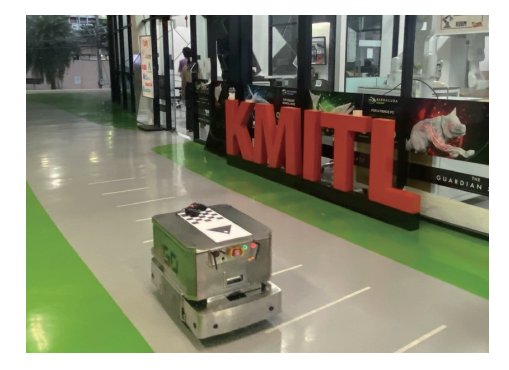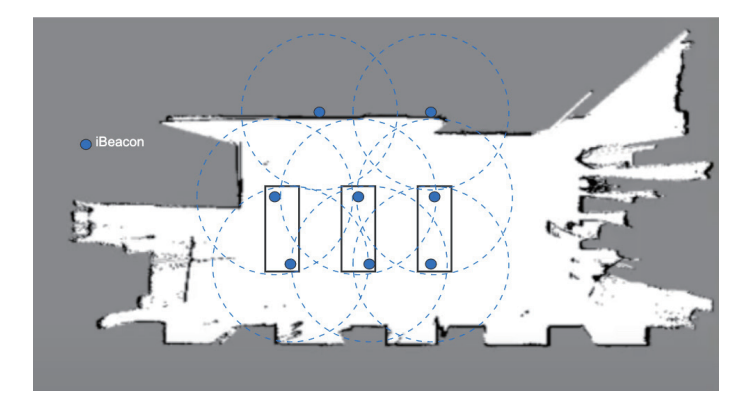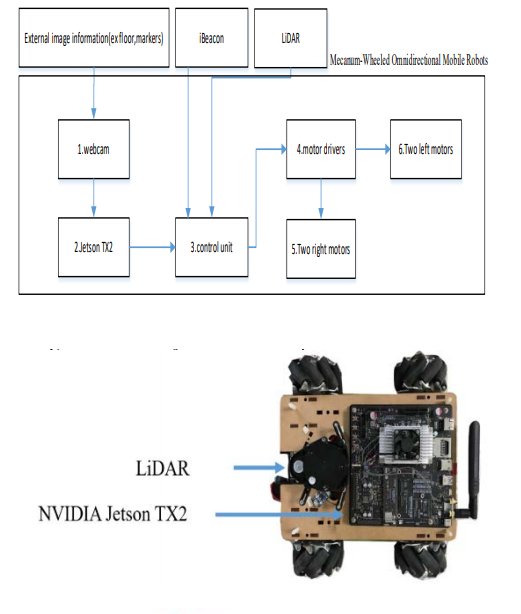There’s new research from King Mongkut’s Institute of Technology Ladkrabang, Thailand on Sensor Fusion of Light Detection and Ranging and iBeacon to Enhance Accuracy of Autonomous Mobile Robot in Hard Disk Drive Clean Room Production Line (pdf).

Mobile robots are broadly divided into automated guided vehicles (AGVs) and autonomous intelligent vehicles (AIVs). AGVs are confined to predetermined paths while AIVs have the flexibility to move in any direction without any infrastructural alterations. Factories often face challenges when it comes to synchronising mobile robots with target machinery. The paper presents a solution to reduce errors in robot localisation and improve parking accuracy.

Adaptive Monte Carlo Localisation (AMCL), a probability-based localisation system which relies on LiDAR and odometry data often misjudges robot positions in environments where the factory production line and room shapes are alike. To mitigate this, a novel landmark-based localisation strategy using iBeacon, a Bluetooth Low Energy (BLE) device, is proposed. This approach aims to provide more accurate localisation of mobile robots, addressing the shortcomings of the AMCL system.
